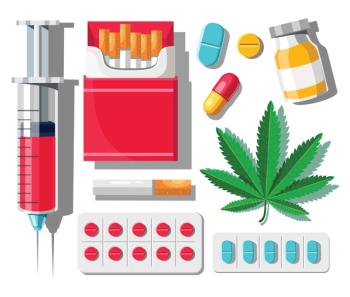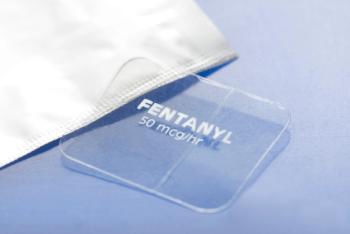
Report Finds Alarming Number of Deaths Due to Drug Overdose
The Commission on Combating Synthetic Opioid Trafficking shared startling data as well as suggestions to combat what it calls a "national crisis."
The Commission on Combating Synthetic Opioid Trafficking released a report noting that
The Commission called deaths from drug overdoses a “national emergency,” noting that the situation has grown more dire recently. It estimated about 100,000 Americans
Citing a 2018 White House Council of Economic Advisors report, the Commission put the cost of overdose fatalities at $696 billion. That number likely has risen to about $1 trillion annually since the original estimate, as the number of deaths then was about two-thirds the current total.
According to the Commission’s report, the crisis can be traced to the US Food and Drug Administration’s 1995 decision to approve OxyContin, a prescription opioid painkiller. It and similar drugs were marketed as non-addictive cures for pain without considering a patient’s other conditions that might drive misuse of the drugs. The result was a dramatic increase in prescription opioid dependence and addiction.
Unfortunately, as prescription opioids became less easily available, people with substance abuse disorders frequently began using heroin and, sometimes unknowingly, powerful synthetic opioids. “In less than a decade, illegal U.S. drug markets that once were dominated by diverted prescription opioids and heroin became saturated with illegally manufactured synthetic opioids,” some of which are easier and cheaper to produce than heroin, according to the report.
In 2014, when synthetic opioids such as
The Commission wrote, “The bottom line is that fentanyl is undeniably extremely dangerous to people who acquire drugs from illegal markets that operate with little transparency or care for consumer safety.”
The report presented a multi-pronged strategy built around 5 pillars to address both demand for and supply of illegal drugs. The Commission suggested: developing a unified, central body to coordinated planning, implementation and evaluation of all US drug policies; using targeted oversight and enforcement to disrupt drug supply; making public health demand-reduction approaches central to the fight against opioid trafficking so as to reduce the number of potential buyers; collaborating with other countries involved in producing and distributing synthetic opioids and the materials used to make them; and improving surveillance and data analysis to allow for more timely and effective interventions.
The report concluded with strong words: “Given the gravity of this crisis, new approaches, additional resources, and a reconsideration of ongoing interventions are essential,” Absent such steps, it added, “the economic costs will continue to rise, and hundreds of thousands more Americans will perish from preventable drug overdoses.”
A version of this article appears on
Reference
1.
Newsletter
Receive trusted psychiatric news, expert analysis, and clinical insights — subscribe today to support your practice and your patients.















